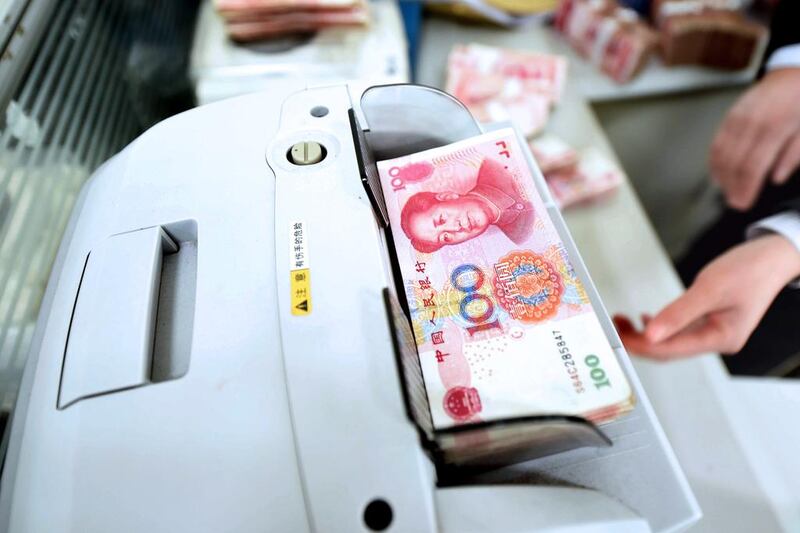China, commodities and central banks have been the overriding themes of this year, so far. The latter are working in a more coordinated fashion, resulting in a weaker dollar as Europe and Japan draw a line (for now) on further easing. Add to this higher commodity prices and a re-acceleration in Chinese growth, one can see the rationale behind the recent strength in risk assets.
Intra-month volatility has continued, although the upward trend since February 11 in risk assets remained generally intact. It is increasingly obvious that an informal accord was indeed reached at the recent G20 meeting for central banks to work together, rather than pull in opposite directions. In short, we have gone from policy divergence to policy convergence.
This goes a long way towards explaining the Bank of Japan’s reluctance to increase monetary stimulus, or at least attempt to stem the rapid ascent of the yen in the face of tumbling inflation expectations and faltering growth.
China is reaping the benefits – fixing its currency higher against a weakening dollar, while yen and euro strength means that versus a basket of different currencies the Chinese yuan is still depreciating.
Recognising improvements in China, commodity prices and the outlook for central bank policies, has led us in the short term to become more constructive on emerging market assets. The level of current Chinese monetary and fiscal stimulus being unleashed and the effect this has had on asset prices is far greater than many realise. We are seeing signs of a broad-based pickup in economic activity in China and India, with resultant upward earnings revisions in selected sectors.
While things appear rosier for now, emerging markets should still be viewed with caution. The apparent rebalancing towards a consumption-led economy in China has clearly taken a back seat, with the country reverting to its tried-and-tested means of boosting growth, stimulating employment and preventing social unrest by fuelling credit growth and fixed asset investment. Net new financing to the economy last month came in at a staggering 2.3 trillion yuan versus an expected 1.4tn yuan.
Once again we are witnessing a massive credit expansion in China. Some of the best talent in the traditional fund-management industry and hedge fund community has failed to identify quickly enough its significance. A portion of the underperformance by active managers and hedge funds this year lies in their failure to spot this trend and reposition portfolios accordingly.
As George Soros remarked recently, the China credit boom bears all the hallmarks of the US in 2007. Pouring more debt on top of an already heavily indebted economy will inevitably end badly. But in the short term, the Chinese housing market is on fire, metals prices have soared and PMI indicators are in positive territory again. The key question is how long this can last.
As the equity market grinds higher and market breadth broadens, the S&P 500 is now within a whisker of its previous highs. Having peaked at this level back in May last year, the fact it has tried and failed repeatedly to breach this level at least four times since does not lack significance. A failure to do so again would be further confirmation the stock market might have peaked in this cycle. On the other hand, a breakout could potentially lead to substantial further upside, not least because of the mountain of cash sitting on the sidelines waiting for confirmation of market direction.
While China might have to take its foot off the gas in terms of the current level of stimulus being provided, a reversal in dollar weakness, commodity strength and emerging markets outperformance could also lie with a more hawkish Fed. Current market expectations for rate hikes can barely get more suppressed. With the outlook for interest rate levels so muted, the danger of more rate rises than expected is a threat. A strong wage growth print in June’s payrolls brings the Fed back into play for a possible July hike, especially should Brexit be avoided. Short term, we are more constructive on the outlook for emerging markets assets.
However, longer term, remain fully aware of the deep issues several developing countries still face.
Tony Lanning is a managing director and senior portfolio manager within the Specialised Strategies team at JP Morgan Private Bank.
business@thenational.ae
Follow The National's Business section on Twitter






